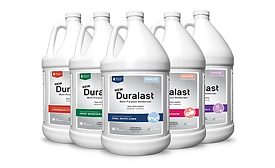Odor Removal
Restoration Roundup: Latest Headlines Affecting OUR Industry | August 2019
Hurricane and wildfire season, mold outbreak, lead abatement, and more.
August 14, 2019
The Difference between Structure Fire Smoke and Wildfire Smoke
Protecting your team from harmful VOCs released during fires.
Read More
Get our new eMagazine delivered to your inbox every month.
Stay in the know on the latest disaster restoration and remediation trends.
SUBSCRIBE TODAY!Copyright ©2022. All Rights Reserved BNP Media.
Design, CMS, Hosting & Web Development :: ePublishing











